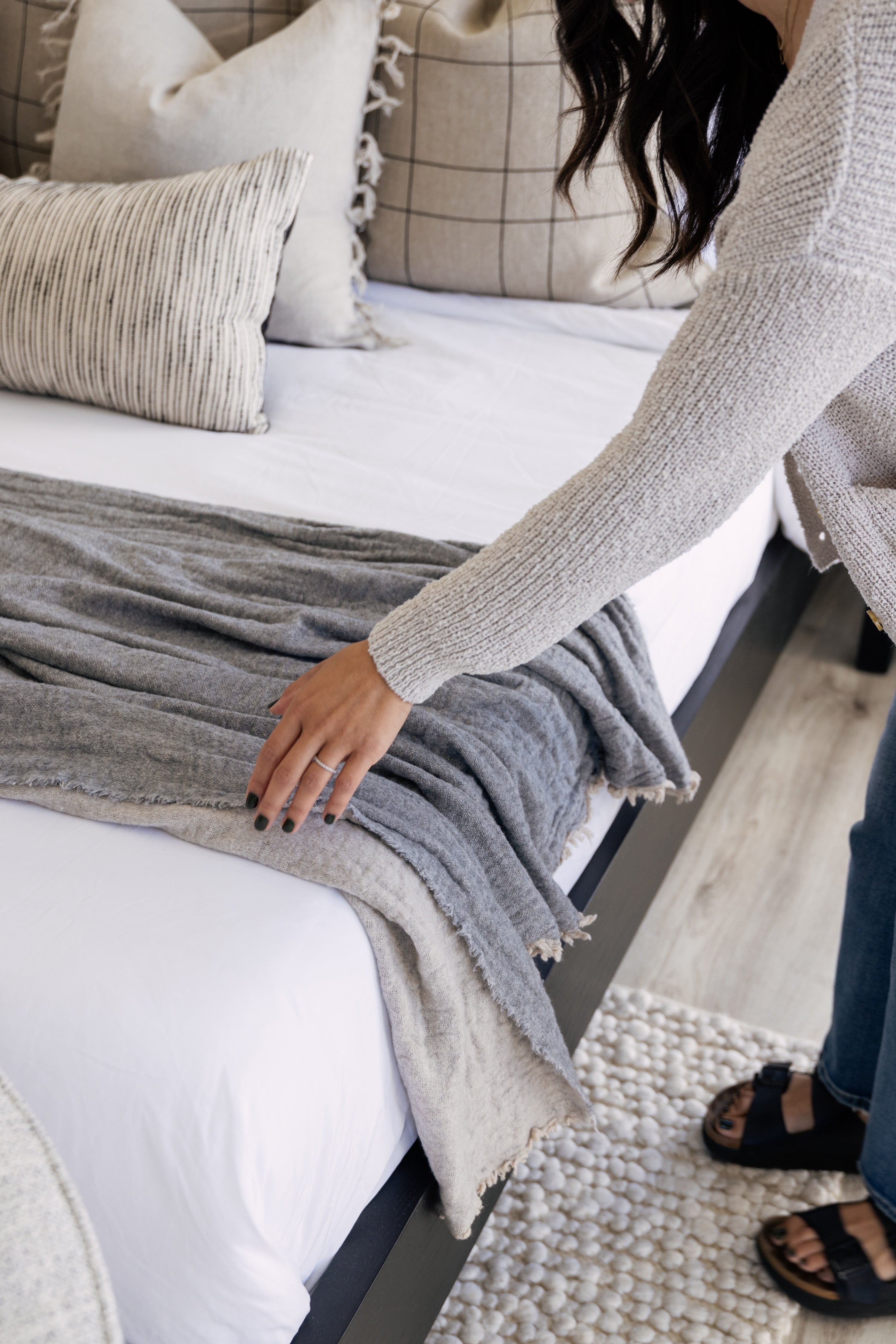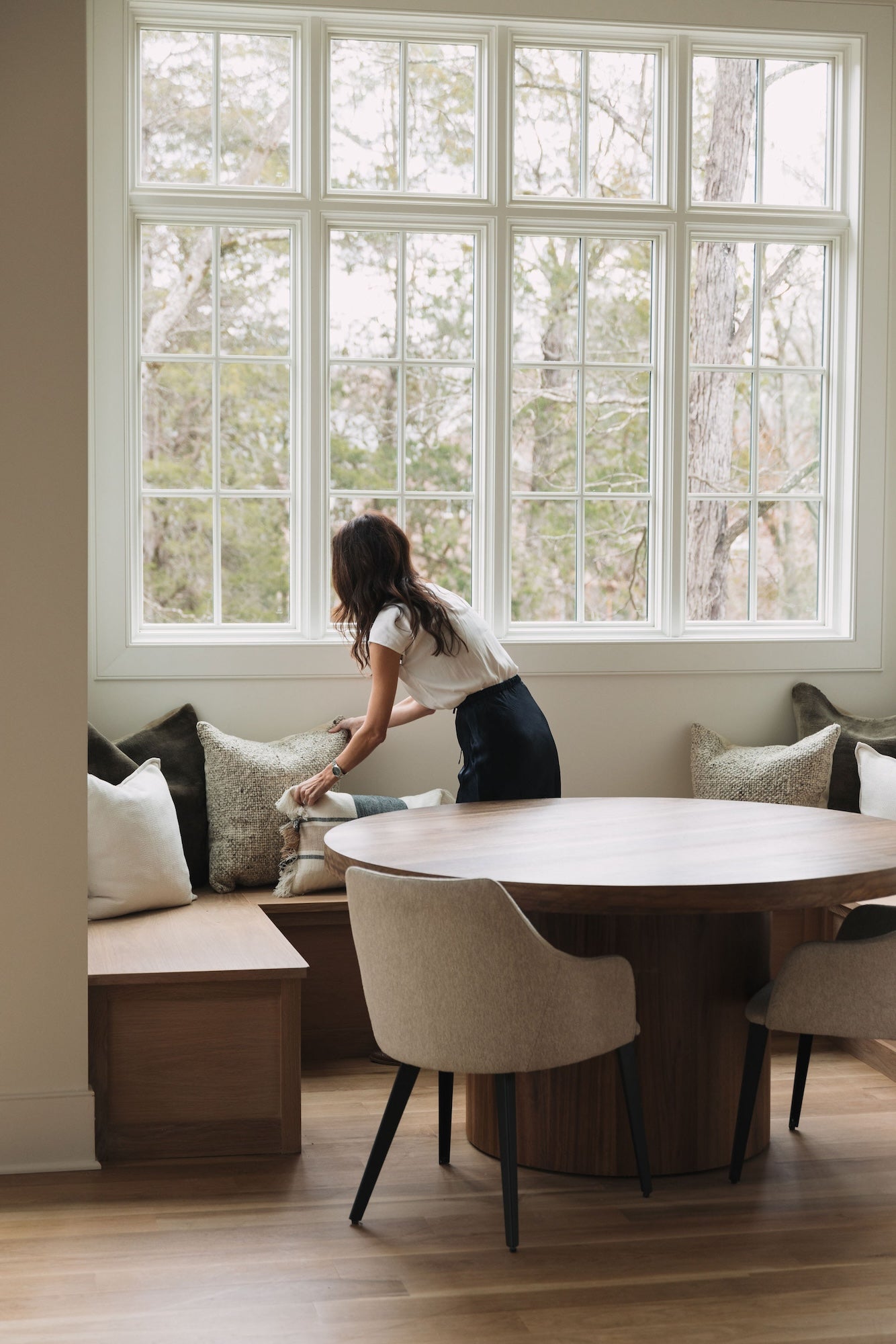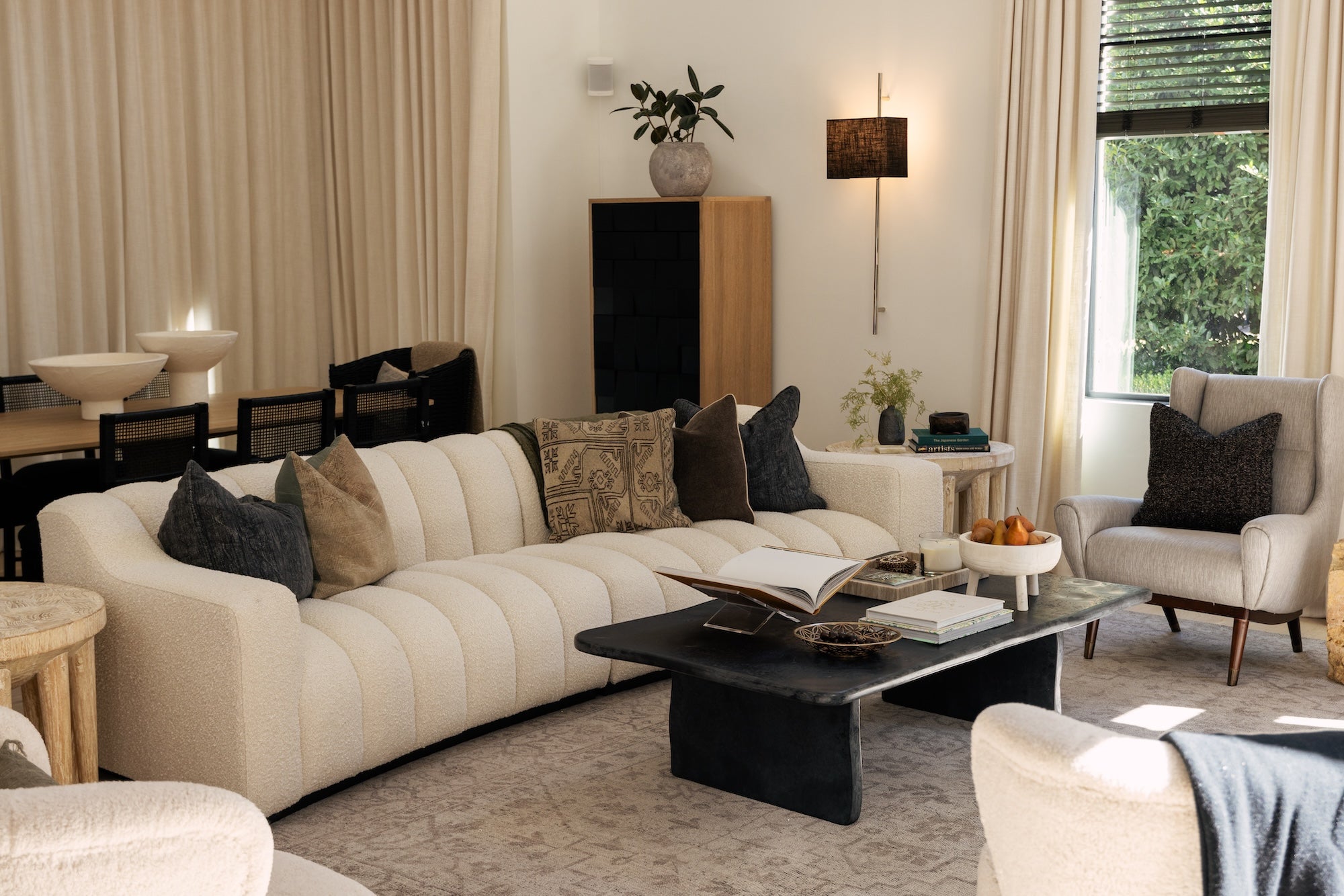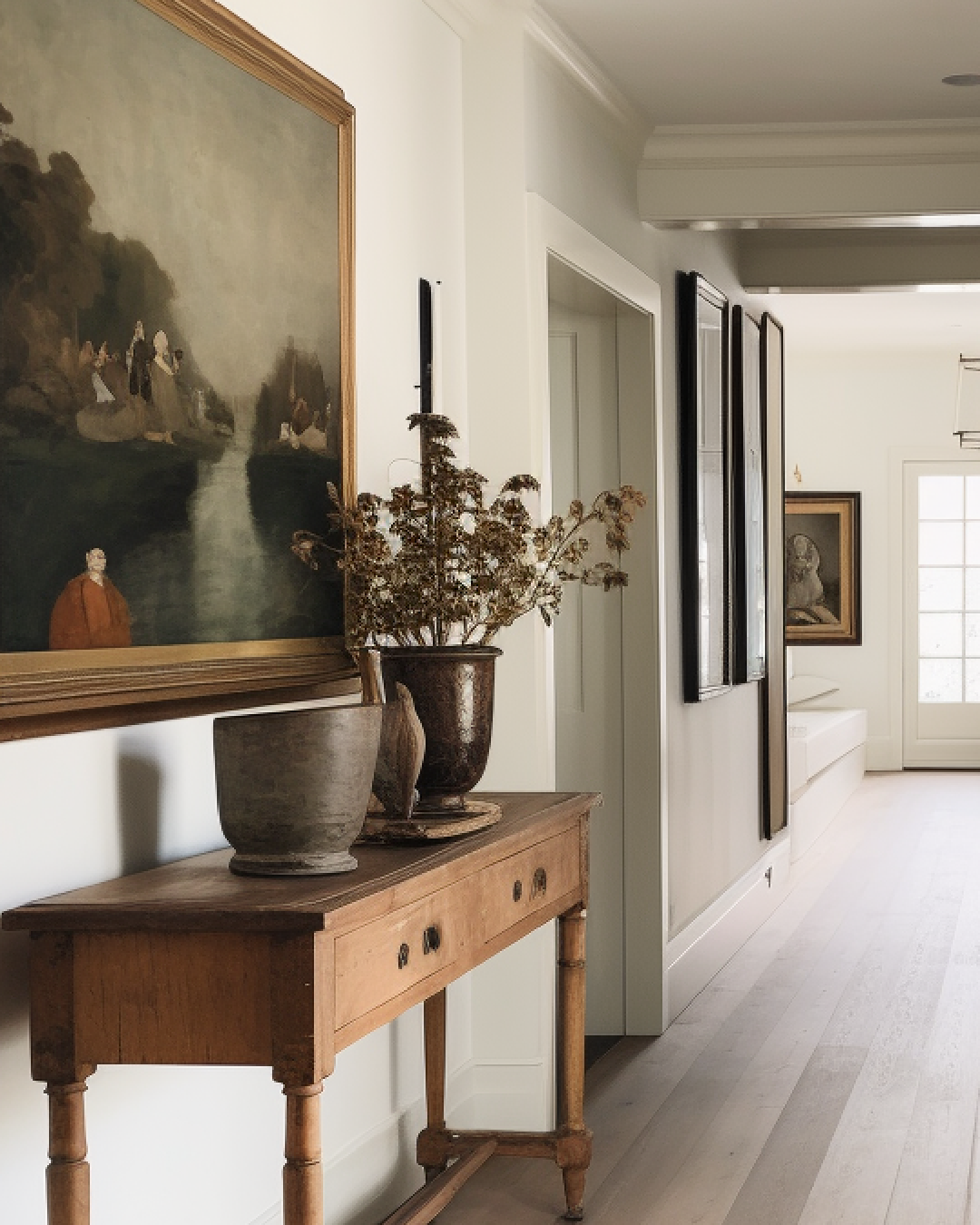design advice
The Great Edit: How to Refine Your Home Design
From the Founder

It’s that time of year where we start to edit our lives. We look at our habits, our diets, our closets with rigor and toss them into piles of stay or go, start or stop.
We look to refine what we do and what we interact with for a better quality of life.
And this, the editing, it’s what I love about home design. So often we think about what we need to add. What more we can bring in (or buy) to “solve” the look. But great design can also be about scaling back, removing the clutter, and creating room for the truly meaningful pieces to catch our attention.
Now the hard part of editing, of course, is the time. The patience it requires. Decision fatigue is all too real and it shines its brightest when you’re weighing the merit of a bronze dog statue gifted by your great aunt. Or a pillow you love but which has a small but ghastly stain from that night with a touch too much mulled wine.
It’s sentimental, but you don’t love it. You love it, but it’s blemished.
You could perch on this fence all day. The mountain of maybes. And while you’d love to make the grand gesture of ruthless elimination, a part of you is concerned that in twenty years time the cast bronze dog is all you’ll want by your side.
If editing feels this way to you, an epic climb and daunting test of will power, here are just a few tips to help you along.
1. Set yourself up for success.
Instead of making sweeping promises to purge your home over the weekend, take it room by room, vignette by vignette. Or even better, promise yourself over the next 30 days that you’ll evaluate 10 items per day. Ten—that’s it. You summit mountains in steps not leaps. So take it slow. Make gradual progress toward your goal rather than no progress at all.
2. When reviewing items, ask yourself what purpose each piece serves.
All items in your home should be useful or functional. Some of these will be in a practical sense. Coffee cups, throw blankets, key bowls. Other pieces will serve more as emotional sparks. Pieces that evoke a memory or feeling that inspires and warms you. A piece of art, a set of clay beads, your grandmother’s old pin cushion. Take your items, piece by piece, and consider the value and purpose. If you find yourself at a loss, it’s likely a prime candidate for the purge pile.
3. If you’re not a cold turkey type and are deeply concerned about parting with potential future treasures, try this.
Pack your truly undecideables in a box, label as “Home Goods - donate if unopened by January 1, 2024,” then stash your box in the attic or garage. If you find yourself missing a piece throughout the year, go, rediscover it, and integrate back into your design. If you don’t find yourself scurrying back to the design treasure chest, after a year is up you can feel confident to donate it to its next owner.
Why a year? I find, sometimes, that my home decor is seasonal. Not in the Santa and stocking sort of way. But in the manner of gravitating toward certain pieces during certain months. By giving yourself a year, you let those openings occur naturally and give space to know when and how something is important to you.
4. Observe the in and out rule.
A good policy to prevent clutter throughout the year is one in, one out. For example: you can’t bring a new coffee table book in without siphoning off an old one. When it comes to editing seasons, this should be a touch more stringent. For January, hold true to a one in, three out rule. If you can’t find the time to remove three items, then you don’t have space for a new one. This helps because it forces you to do the hard work (editing) before doing the fun work (sourcing).
5. Last, just a touch of humanity can make all the difference.
Sometimes when I’m holding onto something out of potential future use or over-sentimentality, I ask if someone else could use it more.
This can be particularly pertinent in kid spaces. There are so many toys and trinkets that feel monumentally important because they were a part of your son or daughter’s childhood. But try as you might to believe it, not every stuffed teddy is the teddy. And there are certainly other children who would be overjoyed at a first teddy of their own. This shift of need versus want, excess versus scarcity can help make the parting a little easier and more meaningful. Wouldn’t you so much rather teddy be loved and cuddled than hibernate in a box? I thought so.




